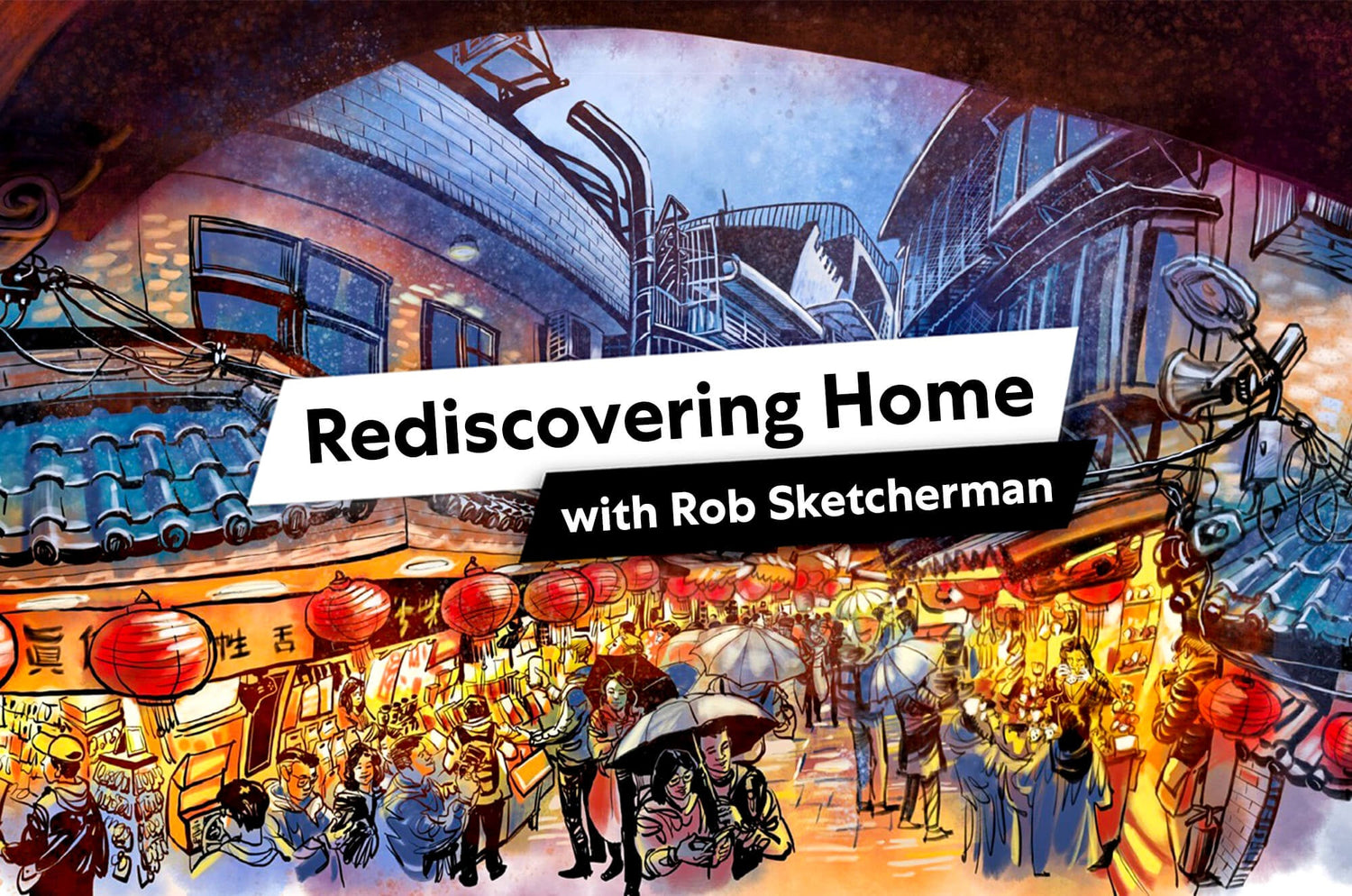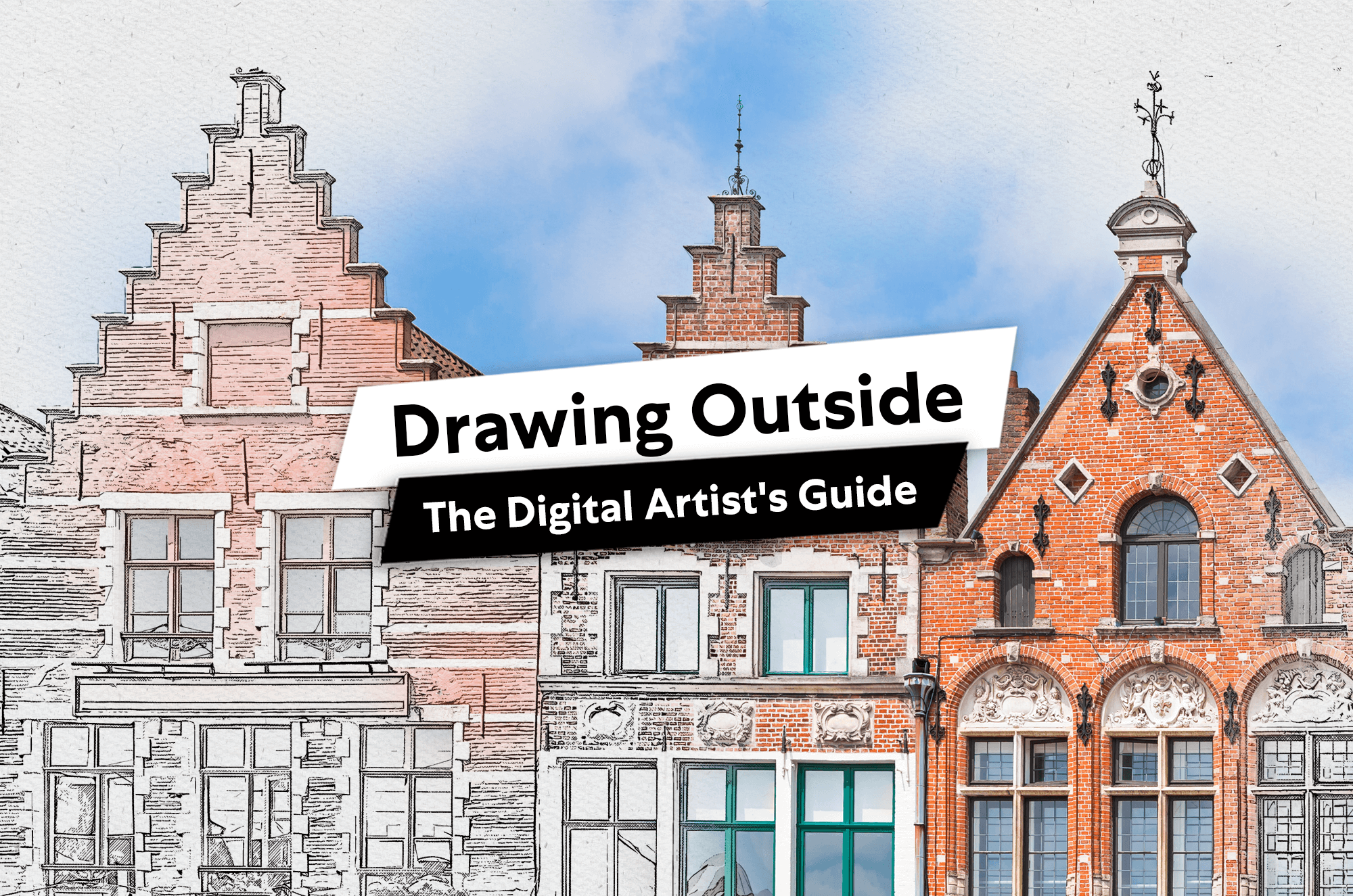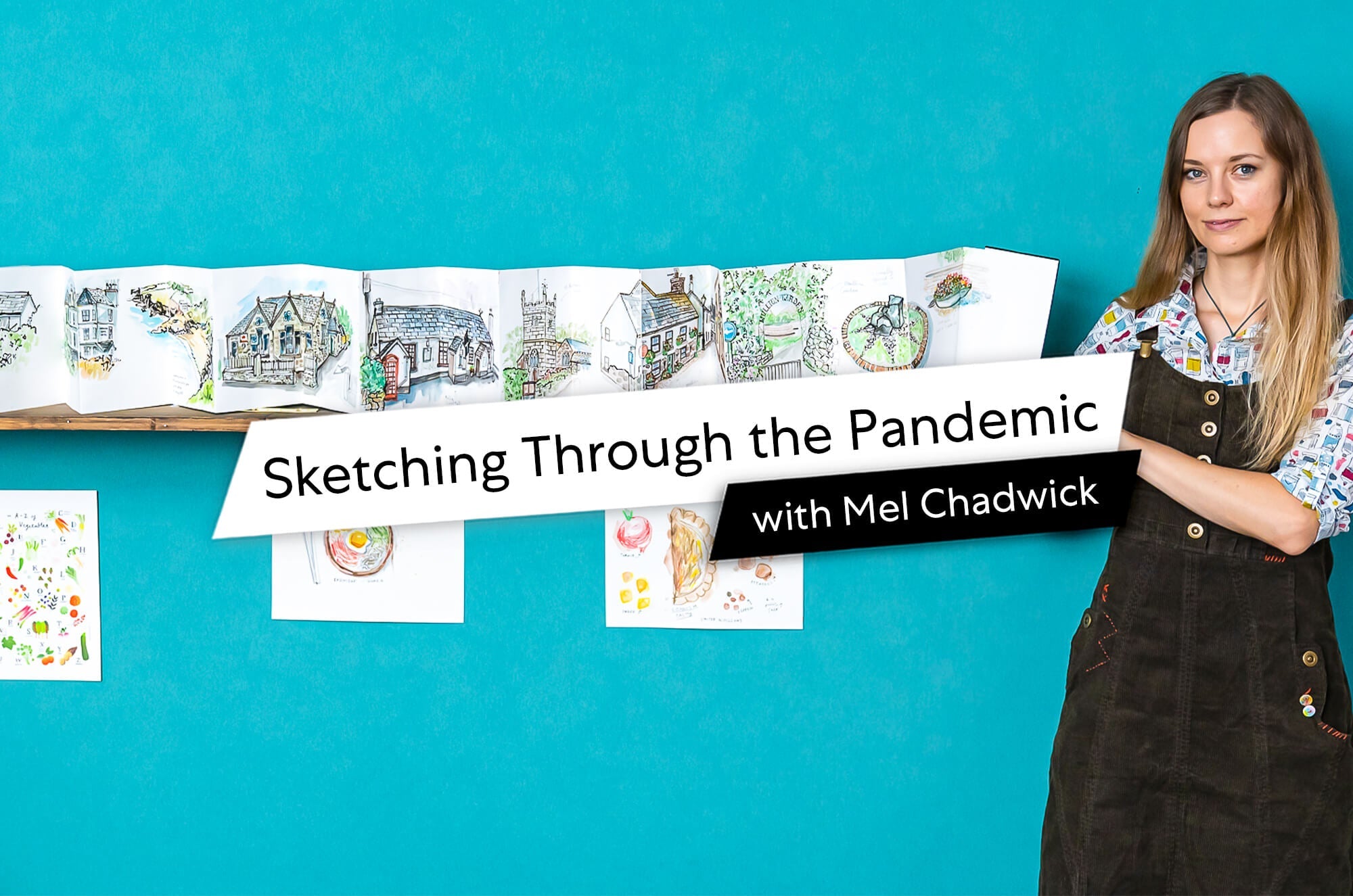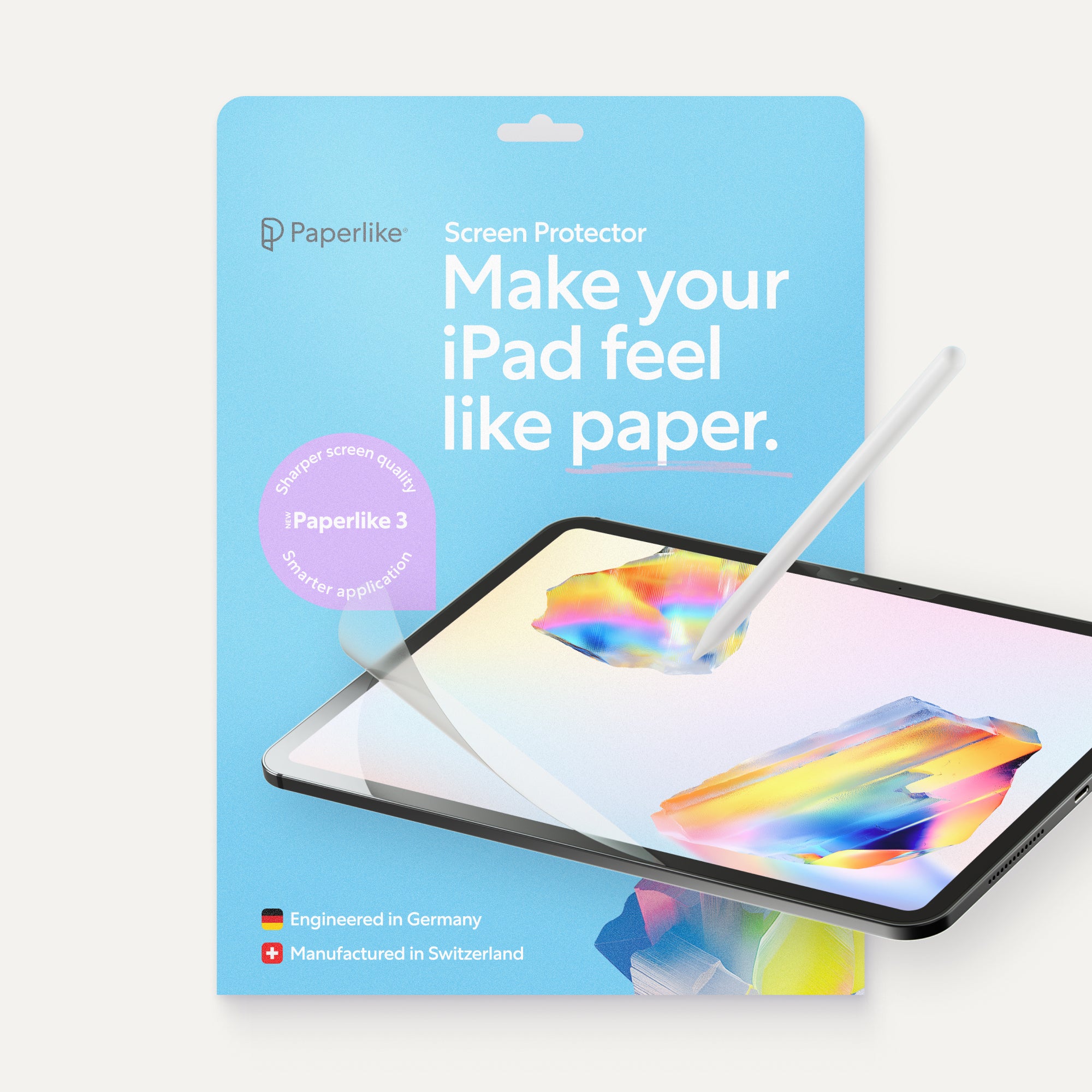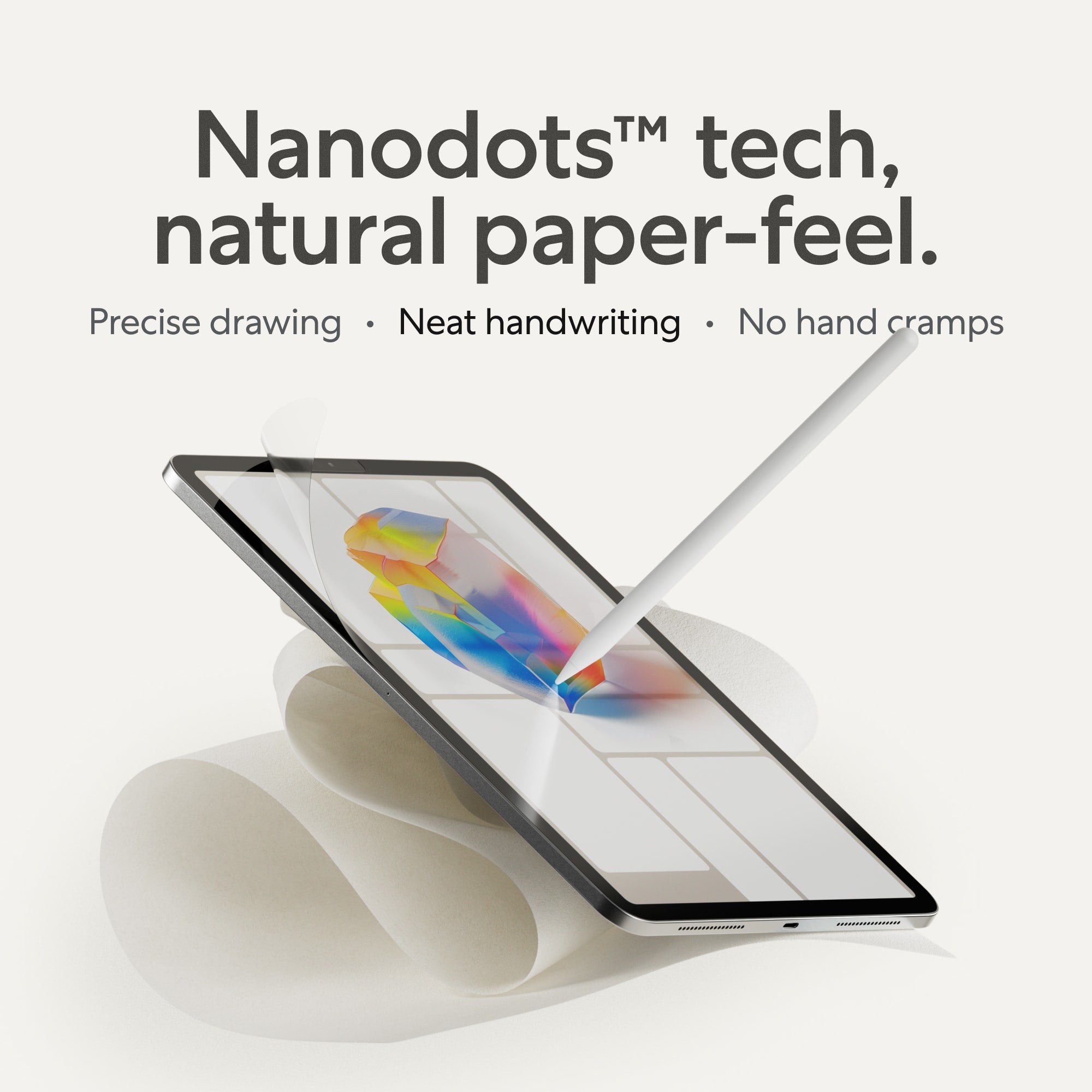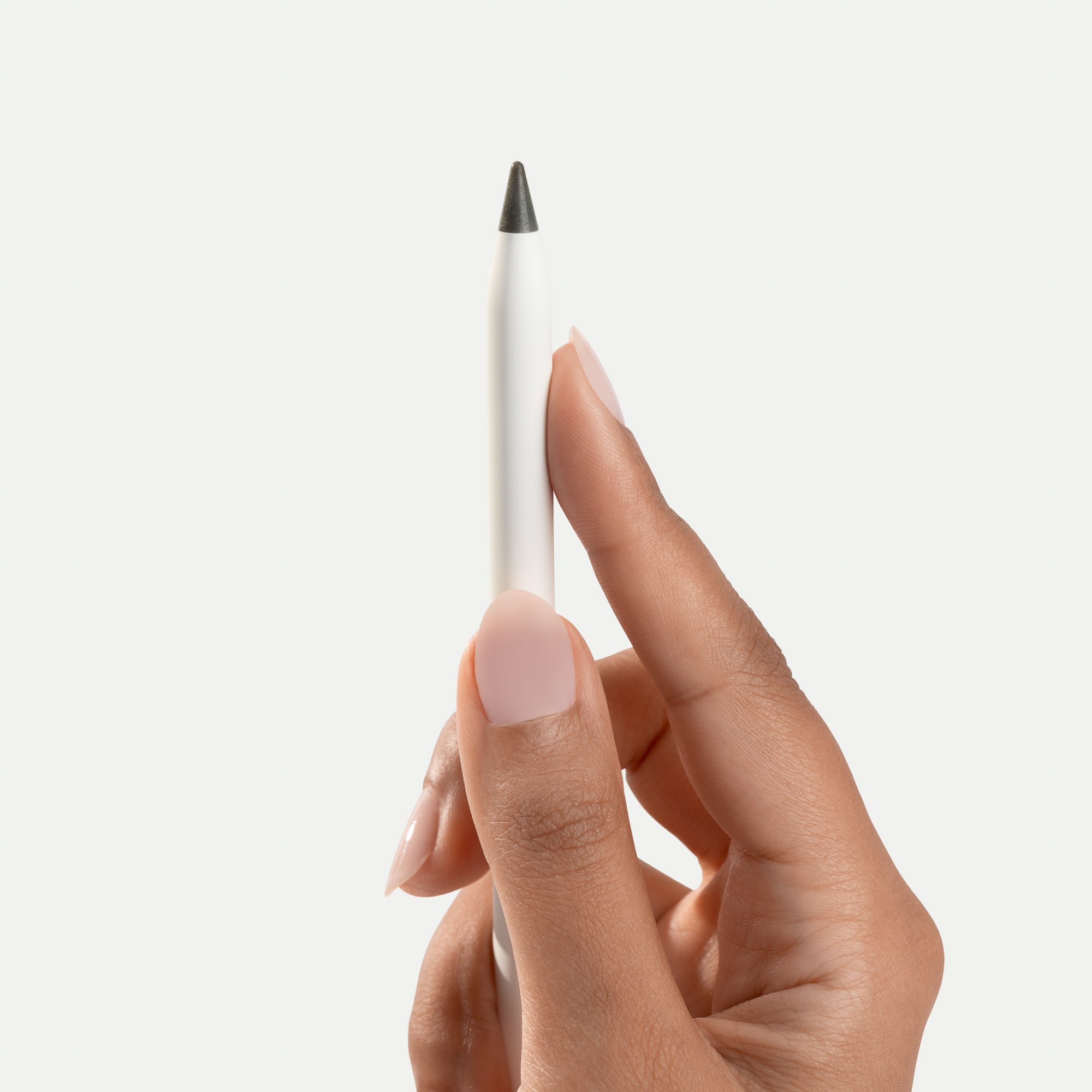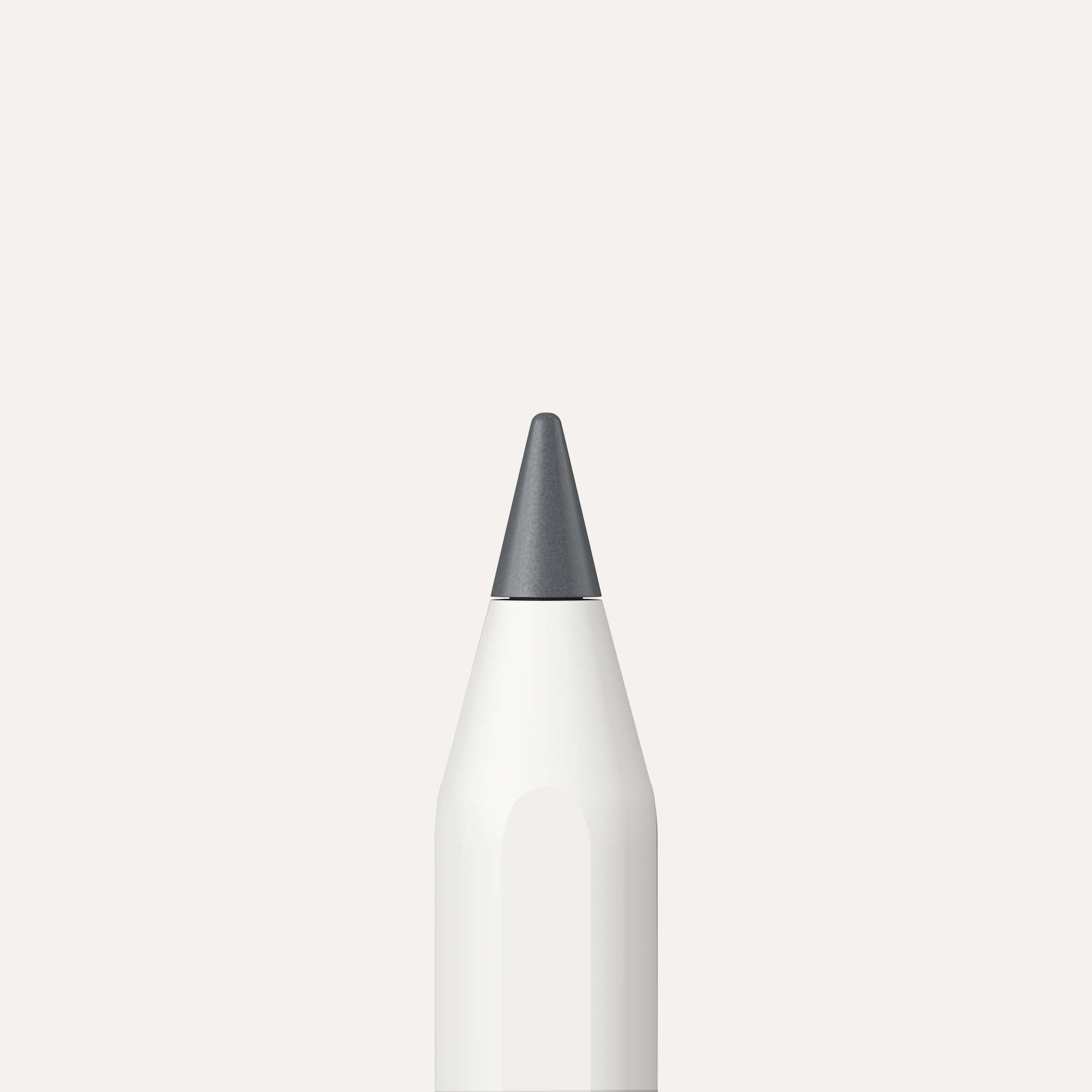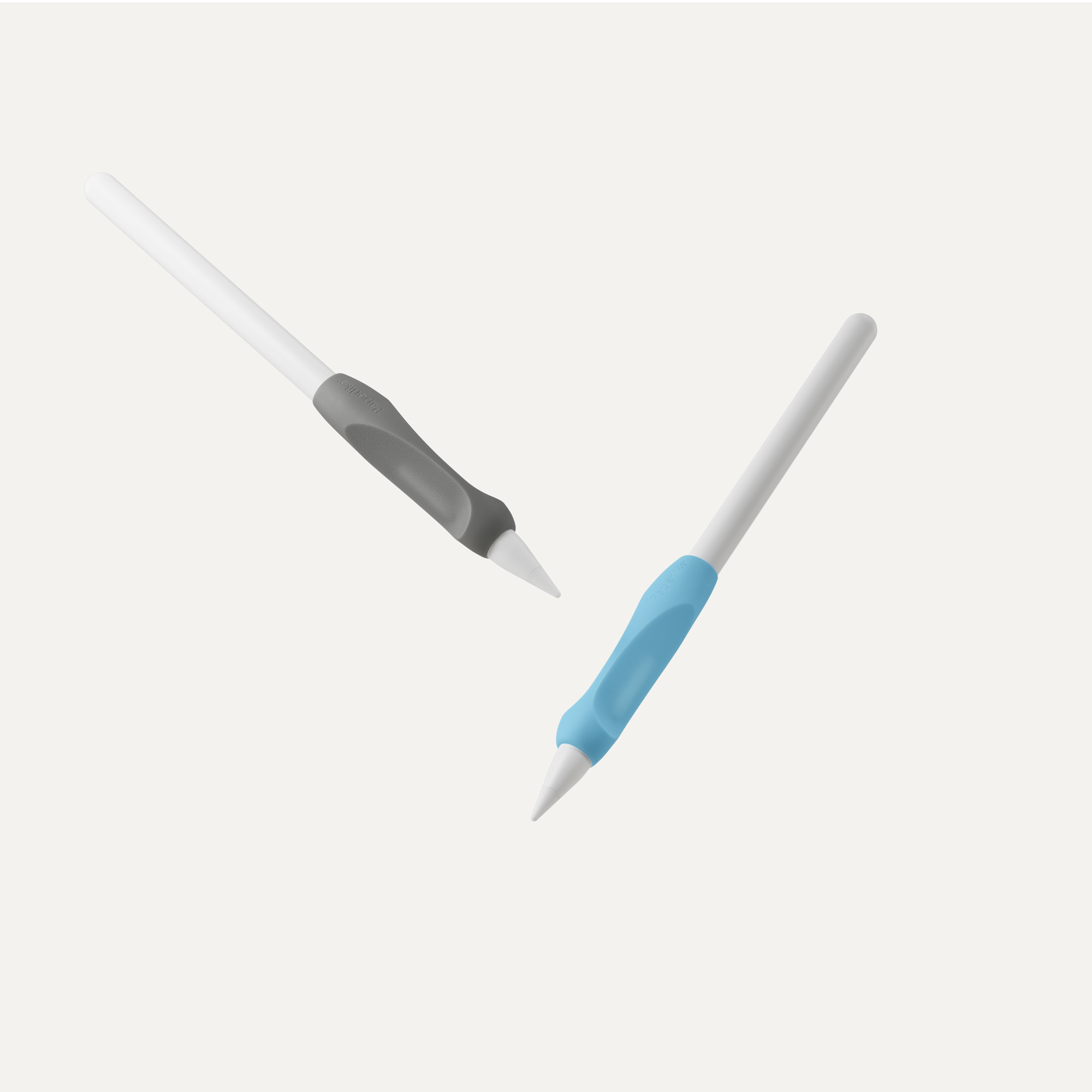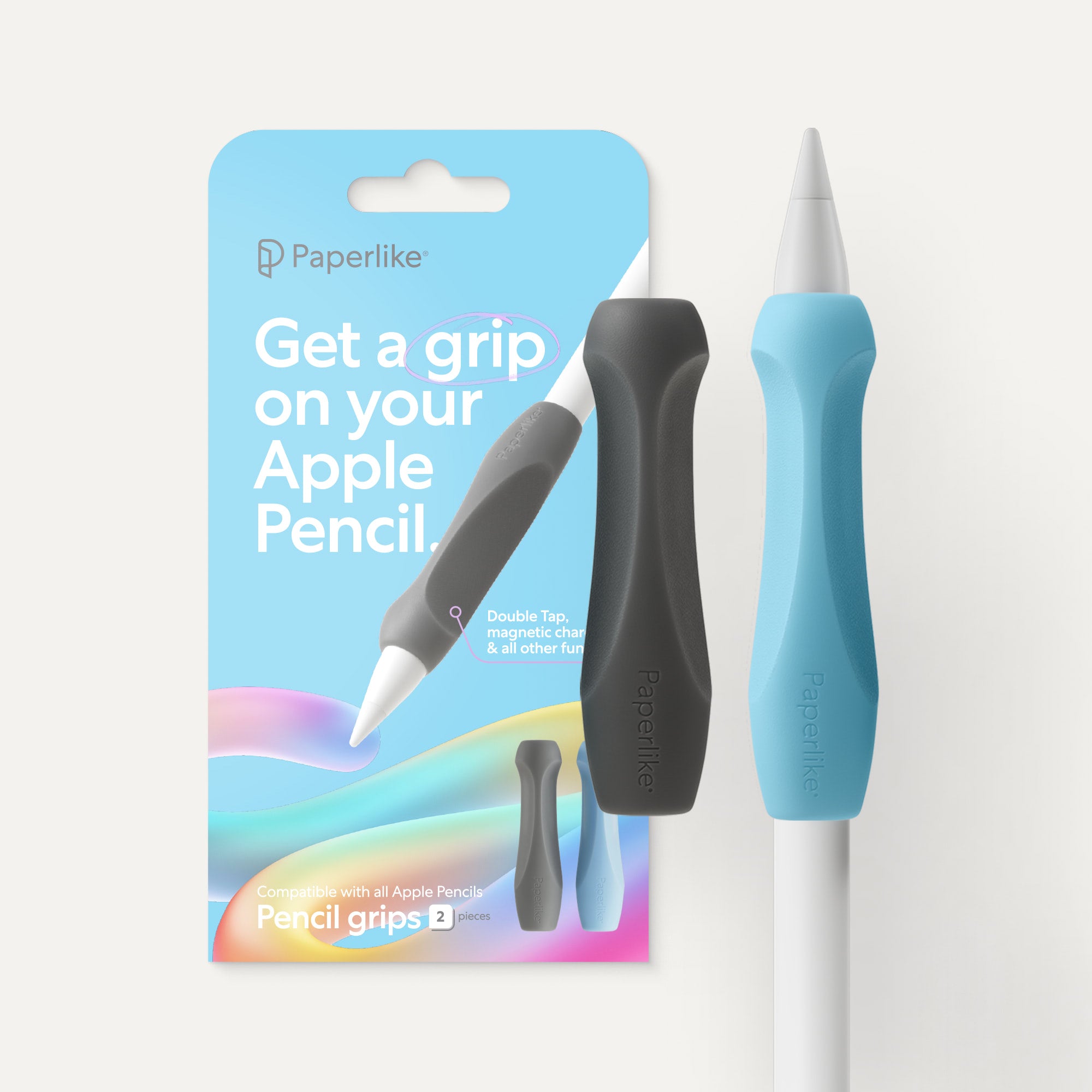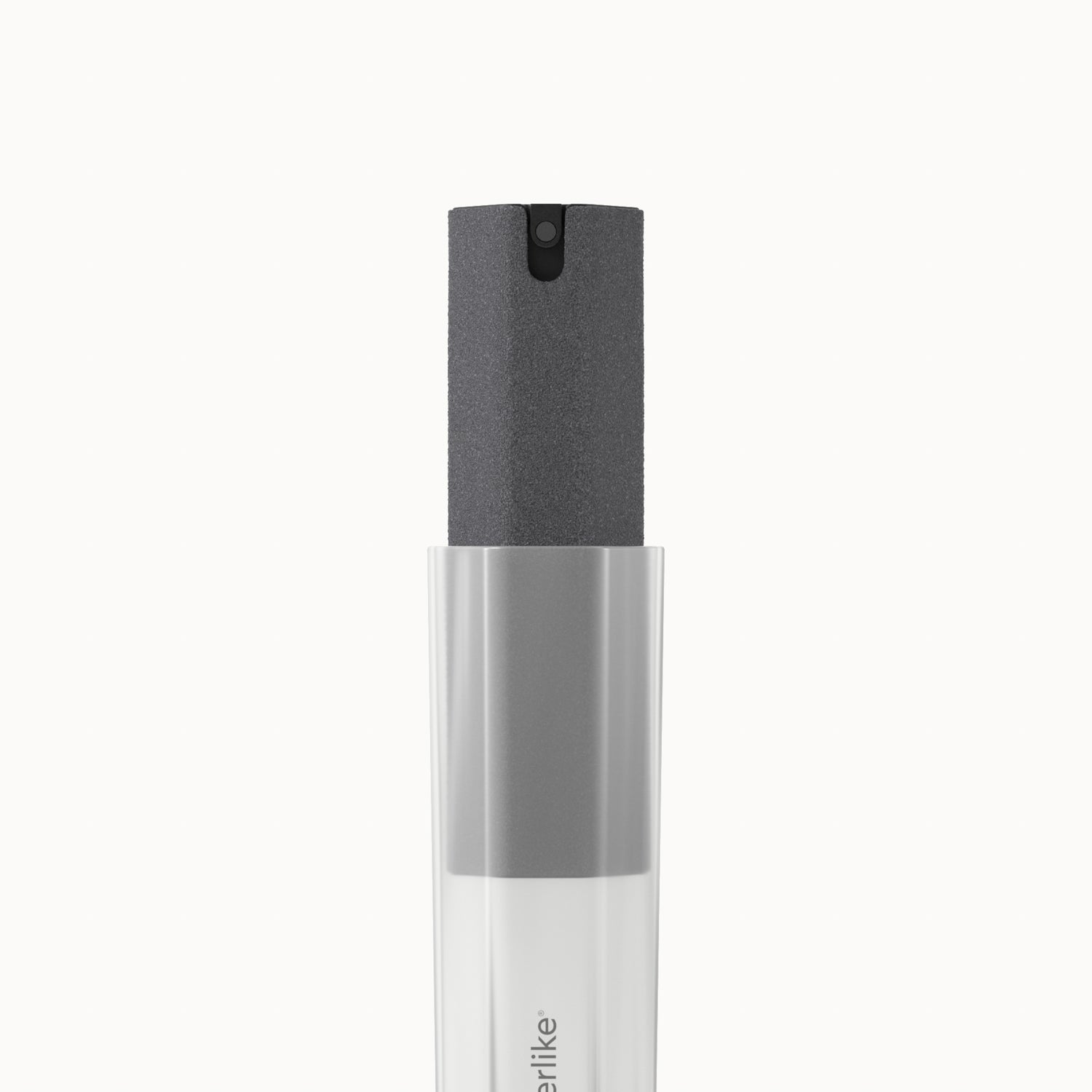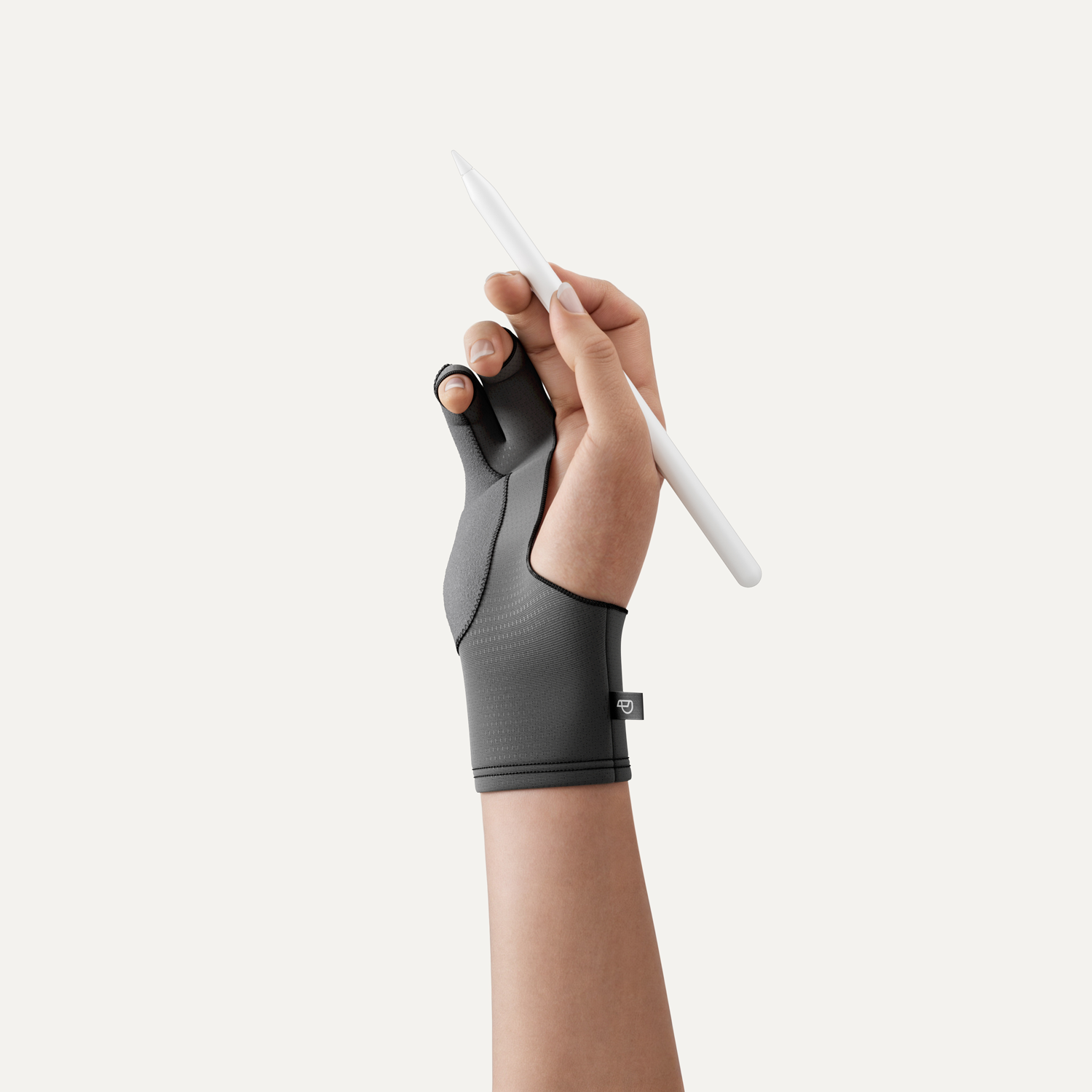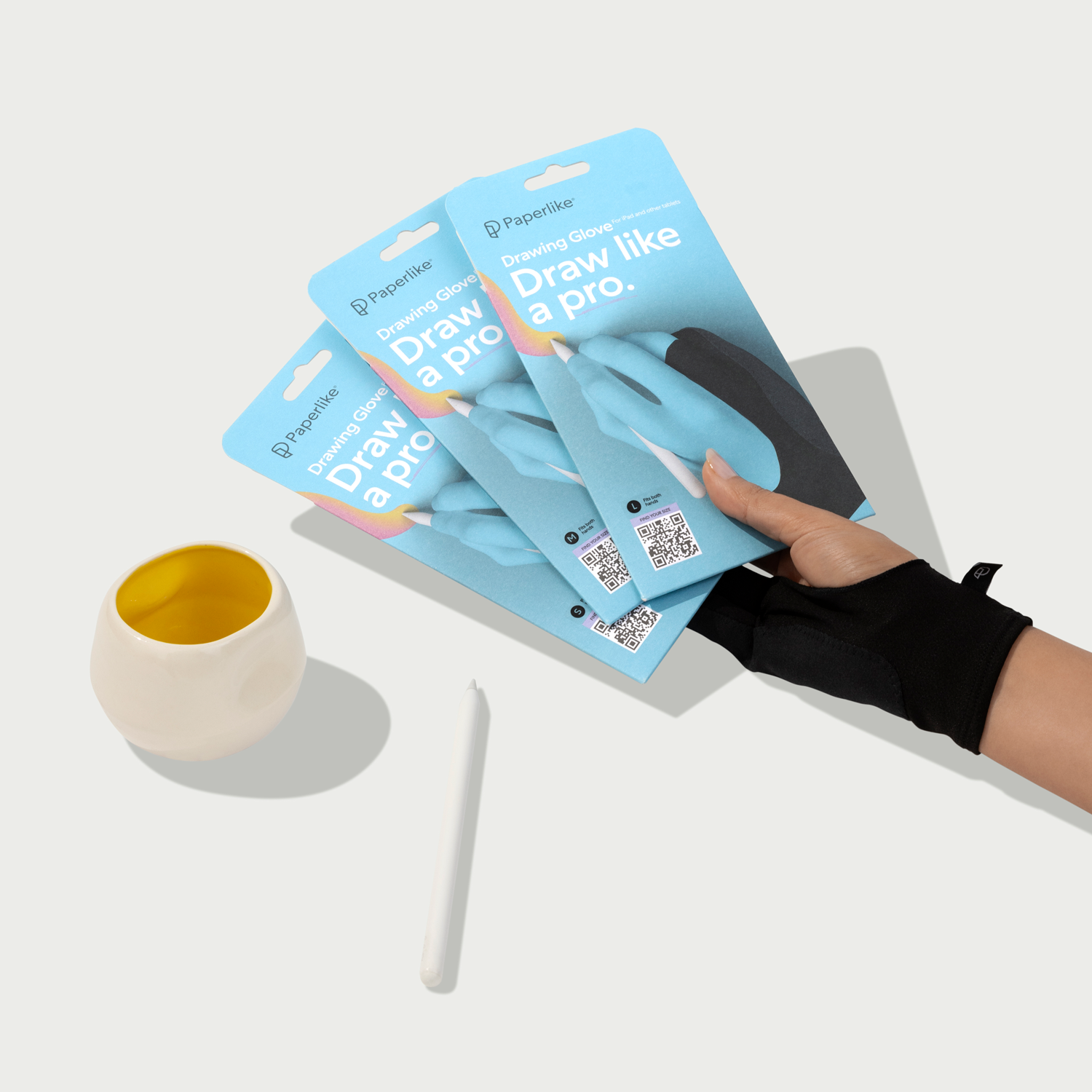While many artists are perfectly comfortable sitting behind a desk, Rob Sketcherman (@robsketcherman) likes to get out and explore the world.
In previous interviews, we’ve spoken with Rob about how he got started sketching with an iPad and about his magic formula for urban sketching — the perfect mix of “time + place + eye.” This combination of location and timing allows Rob to create art that is defined by the presence of the moment.
While he has continued to refine his work in recent years, Rob is a highly sought-after artist and a teacher with regular speaking and community engagements around the world.
Recently, we caught up with him again to see how he was handling 2020 and to take a closer look at his artistic process. Though this has been a year of cancellations and postponements and a break from his traditional career, Rob has managed to turn it into something more than idle time.

Instead, Rob has transformed this year into one of discovery by taking to the streets of his local community and bringing them to life through art.
Rediscovering home
As a resident of Hong Kong, Rob has found 2020 especially challenging. Between the global pandemic and the civil unrest, Rob says that this year has forced everyone to adapt.
Professionally, these obstacles have resulted in a major change of pace for Rob, who typically spends eight or nine months away from home during the year as he travels to other countries, explores cultures, and attends workshops. The majority of those events have been canceled or postponed. The logistics are simply too complicated.

“I miss packing a bag,” he said. “I miss putting stuff together and getting ready to go on a trip. Because that always means discovering a new place and new things to draw. But what has happened is after the lockdown, I've found myself rediscovering home.”
And that, as Rob points out, can be very interesting. This year, Rob has managed to explore parts of the city that he never knew existed, including neighboring suburbs and the city’s vast array of green space.

The year’s challenges have also forced Rob to slow down a little bit. In recent months, he’s been able to turn his attention away from the world beyond the horizon and focus on the details just outside his front door.
The immediacy of his surroundings has added a new dynamic to his work because the subjects that he’s trying to illustrate are closer to home. That pursuit of local cultures and flavors is something that Rob thinks a lot of artists overlook.
“A lot of urban sketchers feel that the fun stuff is when you go on a trip someplace and you discover someplace new,” he said. “And while that is definitely true, there are so many local stories that you can tell.”
Rob is quick to acknowledge that his interpretation of 2020 takes an optimistic view. But, he says, it’s important to adapt and focus on that brighter side. It’s too easy to look at the bad side of things.
“There’s always something going wrong,” he explained. “And this is historic, right? 2020 is definitely something for the history books, whether you look at it from a climactic point of view — economical, political, whatever. There are so many curveballs, and so many stories to tell. So, how do you tell those stories? And that makes it really interesting.”
Storytelling with sketching
Rob interprets the world through sketching, and he sees it as something of a storyteller’s art.

One of the major differences between urban sketching and a more traditional format like plein air painting is that urban sketchers are encouraged to create drawings that are a record of time and place in an almost semi-journalistic format. Many sketchers, including Rob, even add captions to their sketch in order to add context to the drawn image.
This combination of art and recordkeeping is what drew Rob to the urban sketching experience. Originally, Rob was a character artist, but his repertoire of subjects expanded as he learned to tell stories within the urban sketching format. This, he says, was key to adding context to the stories that he felt compelled to tell.
Rob explained: “I joined my first sketch walk here in Hong Kong. I still gravitated to drawing people, but I found that I wanted to give the people a little bit more context. So I would start adding the furniture around them, or a little bit of the scene in a cafe, or something like that. I found that that really amped up the storytelling.”

During this time, Rob found that he felt almost constrained by traditional artistry. Initially, he was intimidated by drawing buildings because he thought the lines had to be straight. But, after seeing examples where lines were crooked and warped, Rob felt liberated.
“That made it really interesting because suddenly, buildings had character. Furniture had character,” he said. “Cars weren’t just blocks of metal. Some were chunky. Some were curvy. Some were sexy. Everything suddenly just popped into life, and everything had the potential to be drawn.”
The ability to bend the lines and reshape the environment as he drew gave Rob the artistic leeway to illustrate a scene in the way that he saw it.
The ability to edit and animate scenes in this way is one reason that Rob pushes so many artists to get away from their desks and explore their world. If there is a specific story that the artist wants to tell, illustrating it allows them to highlight those details in a unique and compelling way.
For Rob, this often materializes in the neighborhood street markets throughout Hong Kong, where shoppers go to buy their meat and vegetables.
“I love drawing those markets because you really get a feel of the neighborhood from the people who walk past,” said Rob. “Some neighborhoods are more affluent, some a much more poor, impoverished, and you can see the difference in the characters.”

But Rob doesn’t limit his stories to people. He’s told stories of mailboxes, boats, political unrest, festivals, and more — all by getting out, exploring his city, and finding interesting ways to make old things new by applying a fresh perspective.
Getting out there
For some, Rob’s approach to urban sketching might seem like a high barrier to entry.
Rob sketches using an iPad Pro and an Apple Pencil, as well as a unipod stool for fast and easy setups. It’s a hefty investment for someone just getting started with sketching, but Rob says that you don’t have to go that far to have a good time. You can enjoy success with a pen and paper. You don’t even have to worry about adding color to your artwork, especially in the beginning.
If you follow the more traditional route, Rob recommends using a pen rather than a pencil to keep yourself from constantly erasing your work. This helps new artists learn to embrace mistakes as part of the creative process and helps seasoned artists learn how to tell stories using only linework.
Rob also points out that when you’re starting to draw, getting in the habit of drawing is more important than creating accurate artwork. You don’t have to dedicate hours a day to improve your skills, but setting time aside to engage with art on a regular basis is what ultimately leads to results.
“What’s important is that you draw from life,” Rob said, “because of the way we interpret shapes. When you draw from a photograph, the perspective is already flattened and the light is already fixed.”
This, he says, takes away from your ability to edit your work based on how things within your environment change. It’s not a skill that you can learn from a photo, and it’s something that is essential to his success as an urban sketcher.

“When you draw from life, you really have to force yourself to edit, and that is a skill that is often underestimated,” he said. “If you go to a really busy street market in Hong Kong and you don’t know how to edit, you’ll be bowled over by the amount of activity and the details that pop out at you.”
For more advanced users, Rob recommends the digital solution because of the ease of use. With the iPad, Rob never needs to take anything else into the field. He doesn’t need brushes, canvas, or paints. All he needs is the iPad, the Apple Pencil, and a place where he can sit, observe, and allow himself to be curious about his surroundings.
Finding new opportunities
Despite the pandemic causing a widespread cancellation for many of his scheduled events, Rob has managed to create new opportunities for himself.

As an urban sketcher, Rob has been focused on creating illustrated collections of specific objects and scenes within Hong Kong. One of these collections centers around doorways with traditional letterboxes, which are difficult to find within this sprawling metropolis. It’s a project that has taken him to different neighborhoods and communities and has allowed him to discover some incredible locations.
The unexpected free time has also given Rob a chance to develop an online course around iPad-based sketching. The course, designed to help beginners and amateurs get into urban sketching is something that he’s never been able to develop due to his traveling schedule.
Beyond that, Rob is staying close to his roots, exploring his city, and connecting with the urban sketching community while the world gets back on its feet. And, as it happens, Rob will be there to sketch his side of that story and share it with the world.
You can find out more about Rob Sketcherman on his website or get the latest updates on his work by following him on Instagram.


